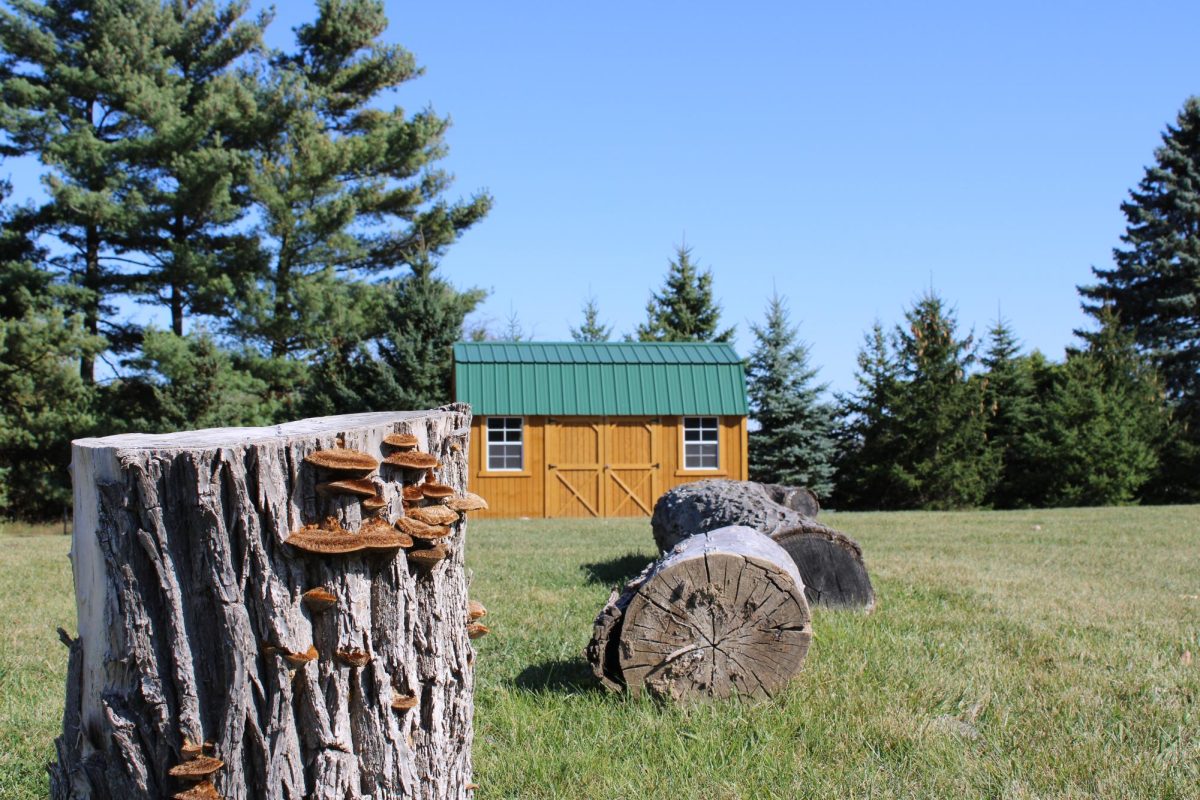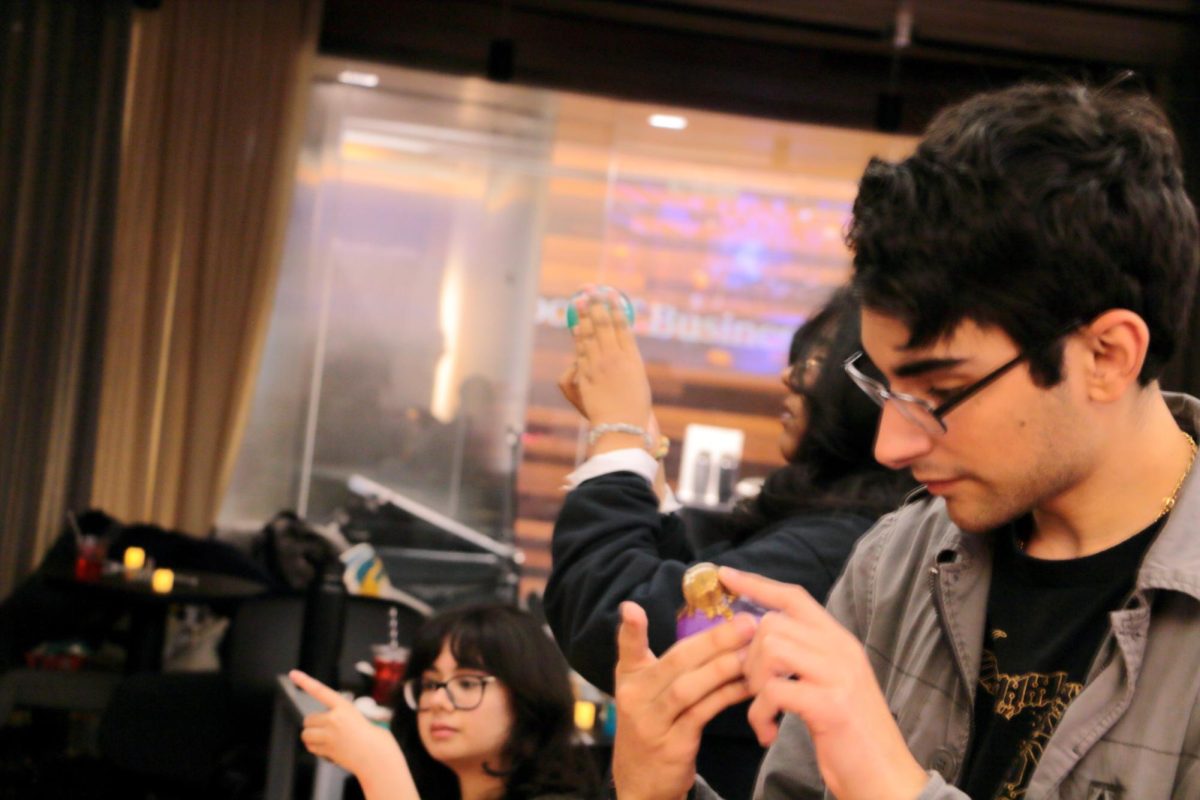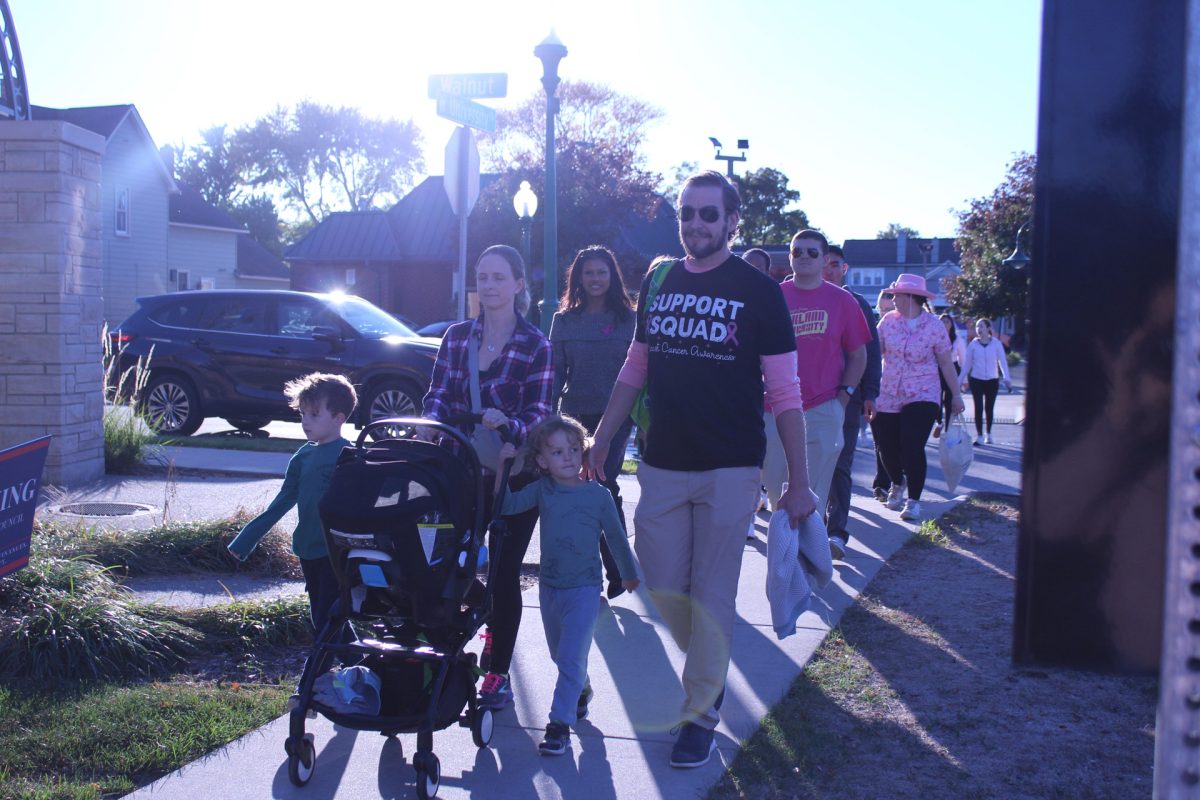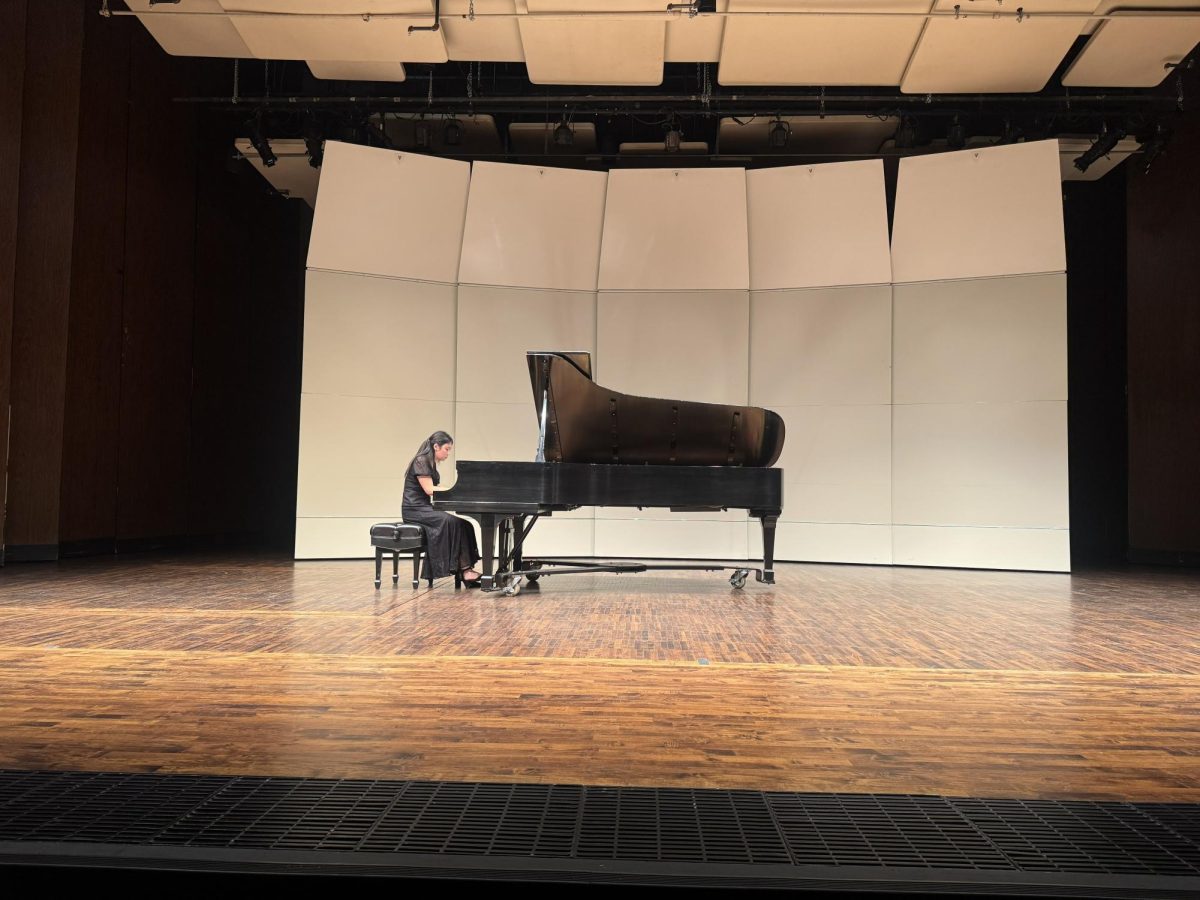When thinking of a classroom, the art gallery, Meadow Brook Hall or the student organic farm are not the first things that come to mind. The Center for Excellence in Teaching and Learning (CETL) is seeking to change the notions of a regular classroom with its “Teaching in Place” initiative, on this occasion, featuring the Native American Heritage Site as an outdoor classroom.
On Oct. 1, Oakland University faculty, teaching assistants and graduate students took to Gidinawemaaganinaanig: Endazhigiyang (All My Relations: The Place Where We All Grow), the Native American Heritage Site, to explore the learning opportunities the land has to offer.
“CETL’s mission is to promote inclusive, innovative, and high-impact teaching that enhances student learning, which we do through a variety of professional development programs and collaboration with faculty, staff and students,” Christina Moore, CETL associate director, said.
The Teaching in Place initiative was developed in Winter 2025 by Tom Branski, a graduate intern, with the first workshop session held this semester. The idea was to foster community-engaged learning through place-based teaching.
Faculty, staff and students have thus come together at these workshops to explore how they can teach outside of four walls, draft space-specific teaching guides and foster community-connected lesson plans.
“Overall, we’ve seen these outcomes: Created a shift in mindset about what learning environments can be; Provided a new lens for seeing OU’s campus as a living teaching resource; Fostered cross-disciplinary collaboration and pedagogical imagination,” Moore said. “For students, the benefits are expected to come indirectly through improved teaching: faculty are considering more impactful, experiential learning experiences that connect students to real-world issues in their communities.”
The cross-disciplinary collaborations have also been championed and supported by faculty like literature professor Megan Peiser, who explained all the teaching possibilities that come with learning about land relationships at the heritage site.
“Thinking of human beings as part of nature, not as separate from nature, that is applicable to any class,” Peiser said. “A political science class would really benefit [from] learning about the way that land relationships have influenced the history of our country, of government, of law. History classes could certainly find a lot to talk about here, certainly science classes.”
As one of the Native American Advisory Committee co-chairs, Peiser has spent innumerable hours at Gidinawemaaganinaanig and takes her students to the land regularly to connect early American literature with local and modern expressions of the same motifs.
“This space has only been cultivated the way that it is now for about four years, and so not as many people know that it’s out here and it’s an option,” Peiser said. “So we come out here to sort of model the ways that we do this and encourage people and answer questions and help people generate ideas, because students deserve to have a classroom outside.”
During these sessions, professors present about the opportunities offered by the different spaces, exemplifying lesson plans and classroom management. As attendees explore and brainstorm how the location can add to their course material, they workshop activities and discussion points for students.
With three sessions under their belt and two more to come this year, faculty interest and collaboration have been enthusiastic, Moore explained, with the creation and sharing of teaching guides that will eventually create a “Teaching in Place at OU Guide.”
“The concrete deliverables include developing a comprehensive ‘Teaching in Place at OU Guide’ and establishing coordinated infrastructure for academic outdoor space use,” Moore said. “Ultimately, CETL aims to help faculty reimagine campus spaces as active learning environments that inspire curiosity, build community, and promote student-centered, experiential teaching.”






